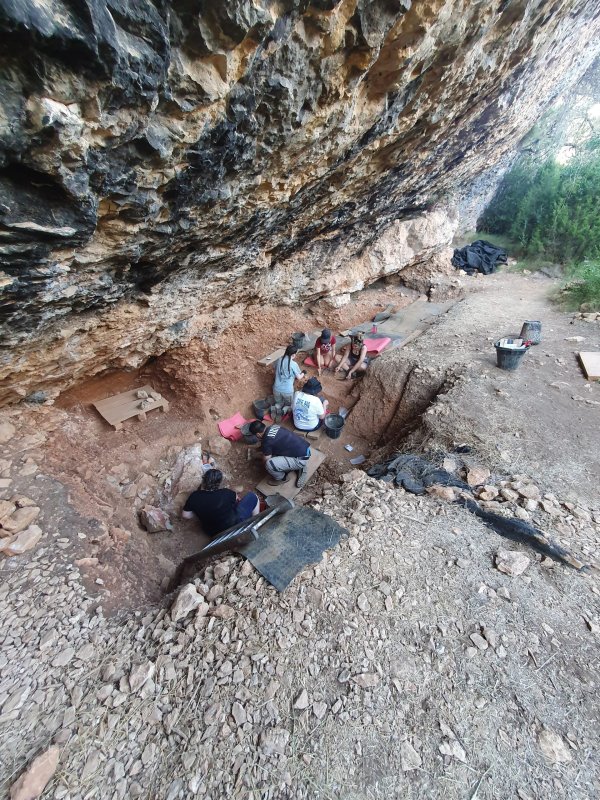
Archaeologists have uncovered surprising facts that challenge previously held notions about Neanderthals thanks to a trove of artifacts found during an excavation in Spain. “Our surprising findings at Abric Pizarro show how adaptable Neanderthals were,” lead author Sofia Samper Carro wrote in the study.
Abric Pizarro, located in the Southern Pyrenees, is home to many caves and rock structures which belonged to the extinct species of human ancestor. It’s one of the few archaeological sites in the world which dates from 100,000 to 65,000 years ago. During their excavation, researchers from The Australian National University (ANU) found hundreds of thousands of artifacts which challenge what many believe about Neanderthals.
The discovered artifacts, which include stone tools and animal bones, go against the widely held belief that Neanderthals were poor hunters and not particularly intelligent. In particular, the tools indicate that Neanderthals were able to quickly adapt to their changing environments and created weapons for hunting specific animals.
“The findings revealed Neanderthals were able to adapt to their environment, challenging the archaic humans’ reputation as slow-footed cavemen and shedding light on their survival and hunting skills,” the study explained.
“Our analysis of the stone artifacts also demonstrates variability in the type of tools produced, indicating Neanderthals’ capability to exploit the available resources in the area,” Carro wrote in an article for SciTechDaily.
She further noted that the animal bones “display cut marks” which indicate that Neanderthals “were capable of hunting small animals.” That goes against previously held notions that Neanderthals only hunted large animals like horses and rhinoceros.
“The animal bones we have recovered indicate that they were successfully exploiting the surrounding fauna, hunting red deer, horses, and bison,” Carro explained, “but also eating freshwater turtles and rabbits, which imply a degree of planning rarely considered for Neanderthals.”
These findings are particularly significant considering that this period of Neanderthal life has not been well documented in historical records. Carro and her team believe the newly found artifacts provide invaluable insight into the daily lives of Neanderthals.
“The unique site at Abric Pizarro gives a glimpse of Neanderthal behavior in a landscape they had been roaming for hundreds of thousands of years,” Carro said. “They clearly knew what they were doing. They knew the area and how to survive for a long time.”
Carro concluded: “This is one of the most interesting things about this site, to have this unique information about when Neanderthals were alone and living in harsh conditions and how they thrived before modern humans appeared.”
EMEA Tribune is not involved in this news article, it is taken from our partners and or from the News Agencies. Copyright and Credit go to the News Agencies, email news@emeatribune.com Follow our WhatsApp verified Channel





